The Cherry UM 9.0 Pro microphone looks cool on camera, sounds great, and features a well-thought-out design.
While the built-in mic in your notebook or all-in-one Mac or PC, or the mic in your preferred smartphone or earphones for phone calls, is by no means unusable — it's also not very good for much beyond basic, barely-adequate voice chat. So if communicating clearly is essential to the work or play you do, a higher-quality external mic should be considered.
These can be found from a variety of brands in a variety of styles, either mounted to a microphone arm or on a desktop stand. The best of these are designed for remote broadcasters, podcasters, and solo musicians and can capture more than just the basic tones of your voice.
USB digital mics have risen in popularity primarily because of podcasters and home studio enthusiasts who create quickly in an all-digital environment. However, they are equally useful for remote conferencing with your office or recording an in-person interview where you and others all need to be easily heard or creating a song demo without spending the money on a studio just yet.
Cherry was founded in the early 1950s by Walter Cherry from Illinois, but later he moved the company headquarters to Germany. The company today makes a wide variety of computer and healthcare-related accessories, but also a line of premium USB microphones. We're reviewing the top of their line, the UM 9.0 Pro RGB model.
The three models available from Cherry's USB mic series are differentiated primarily by their flexibility: the UM 3.0 is a straight cardioid mic with no shock mount, perfect for a single voice that isn't going to bump the table. The UM 6.0 Advanced adds a shock mount to the tabletop stand, the option for omnidirectional pickup, as well as gain control — great for group voice or musical instrument recording.
It's all about the polar patterns
The UM 9.0 Pro RGB model builds on the Advanced with in-mic lighting — which can be turned off if desired — and two further polar patterns for bidirectional and stereo, and a higher scanning rate of 192KHz versus 96KHz for the others. In addition, all three of the mics feature a frequency range of 20Hz to 20KHz, tap-to-mute, and 24-bit sound capture via a USB-C connector and included braided USB-C to A cord.
The RGB LED lighting is a neat gimmick that looks good on camera for YouTubers and goes along nicely with serious gamers' tendency to favor RGB light-up keyboards. It can, however, also serve a very practical purpose: when the mute is tapped, the mic changes to a strong red color, so you won't forget to turn that off when it is time to talk again.
Those extra polar patterns are where the Pro model shines, especially for podcasting or in-person group recordings. For example, I used to produce a comedy podcast with two very funny comics riffing on news headlines from Florida — admittedly, an easy target — and having a mic that could capture both sides of the table meant we didn't have to schlep around extra mics, do two separate sessions, or worry much about cross-talk.
Throw in the omnidirectional setting for a full roundtable discussion and the front left/front right stereo setting for singing or multiple instruments/voices, and you have a versatile mic that can capture sound in all kinds of situations. The shock mount of the Advanced and Pro models goes a long way towards avoiding unwanted thumps or bumps. The company also offers an optional windscreen filter to prevent "pops," as well as two models of microphone arm for more flexible positioning.
It's all about the sound
I do a lot of audio work, mostly in podcasts. I currently produce the AppleInsider Daily podcast, previously made theSpace Javelin tech podcast and its forerunner, and am still a frequent guest on radio shows and other people's podcasts. I have also sung in bands and recorded musicians.
For the AI Daily, I have been using a Blue Yeti mic because I had already set up a system and post-processing tools for quick, easy recording that plays well on a wide variety of speakers. The post-processing consists of simple equalization, de-essing to avoid "sssibilance," and reducing room reverb.
While the Yeti is arm-mounted, I did a test using the Cherry UM Pro RGB, using the included three-legged (metal) design stand with its integrated shock mount and vibration damper, using the cardioid pattern. I read a portion of one of the stories the same way with both mics, directly plugging in my headphones to each mic for real-time monitoring.
I was pleasantly surprised that the Cherry Pro's basic out-of-the-box sound is nicely brighter and clearer than the basic Yeti sound. However, the Yeti is a comparable mic because it also features four polar patterns and uses a USB-only connection.
To be entirely fair, the Yeti I have is eight years old, so a newer model might be more competitive with the Cherry these days. It should be noted that Cherry has priced its Pro mic to be competitive with its retail USB microphone rivals.
Resetting my post-processing suite to accommodate the differences with the Cherry resulted in similarly pleasing results. In "live" situations, such as leading a Zoom or FaceTime call, participants frequently commented that they noticed a clearer sound when I was using the Cherry.
Because of this, I wouldn't hesitate to recommend the Cherry UM 9.0 Pro RGB to anyone who will primarily be working in live audio, from Zoom and FaceTime et al type calls to gaming sessions to remote choir practice to recording your singing/playing, to making YouTube videos. It sounds great with minimal tweaking and looks good with the lighting on or off when on-camera.
The UM Pro RGB is not the cheapest desktop microphone you'll find, but it is an excellent USB mic for those who care about sound quality, and its compact design and lighter weight gives this one a definite edge over larger USB mics when you have to take it on the road. In addition, the red-zone mute color is a great feature, the tap-the-top to mute is very handy and quiet, plus the multiple polar patterns mean you are ready for almost any kind of recording.
Cherry UM 9.0 Pro RGB microphone — pros
- Includes shock-mount desktop stand, can also be mounted to a mic arm
- Four polar patterns mean great flexibility for solo or group recordings
- High-quality anodized metal construction, copper base
- Well-placed mute control and gain control
- Small form factor makes it more portable than some competitors
- Separate headphone jack and volume for no-delay monitoring
Cherry UM 9.0 Pro RGB microphone — cons
- No USB-C to USB-C cable included
- Novelty of RGB lighting likely to dissipate — unless you're on camera
- Pop screen not included
- Lighting patterns not programmable
Rating: 4 out of 5
Where to buy the Cherry UM 9.0 Pro RGB desktop mic
The UM 9.0 Pro RGB sells for $119 on Amazon, though prices may vary from international stores.
 Charles Martin
Charles Martin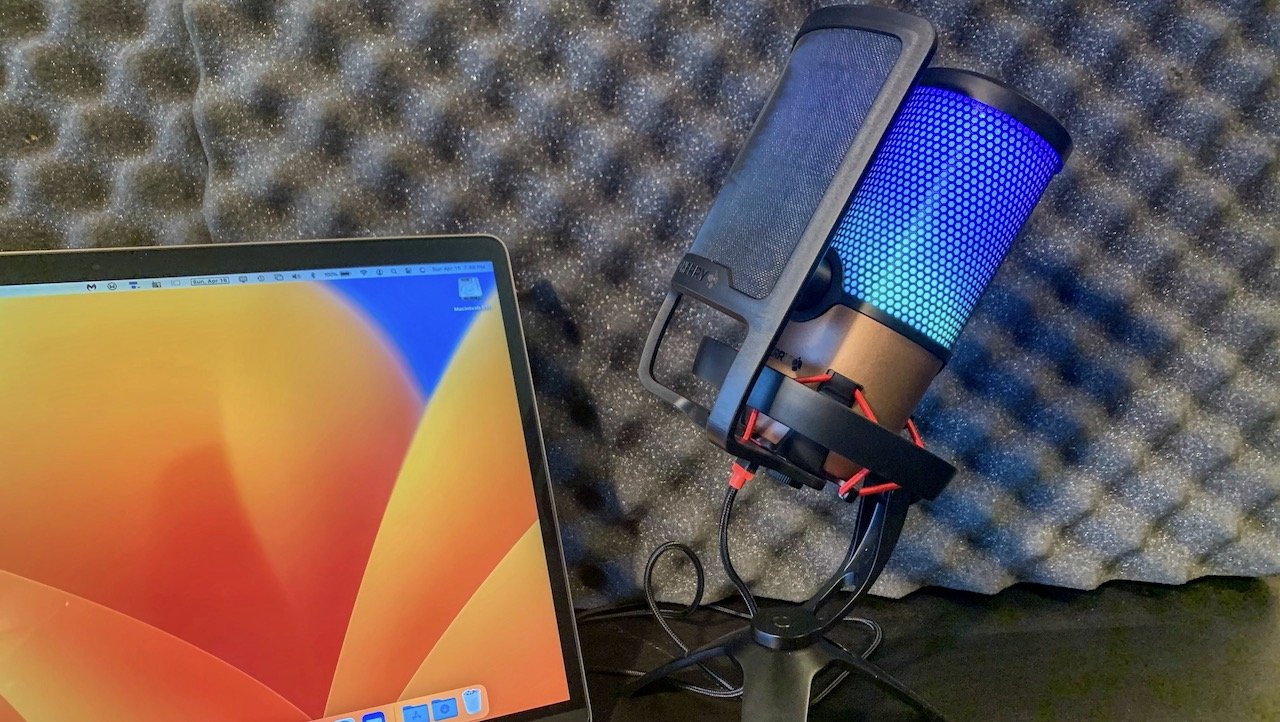
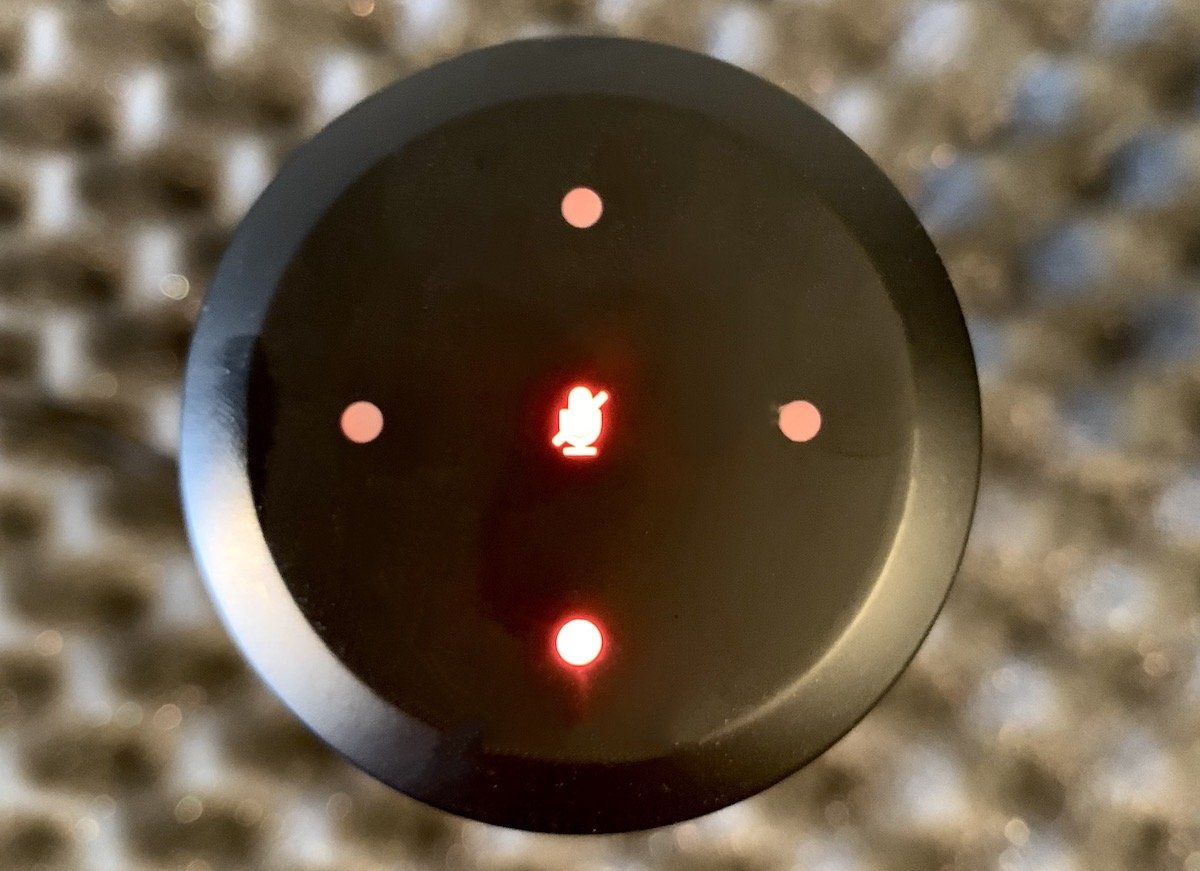
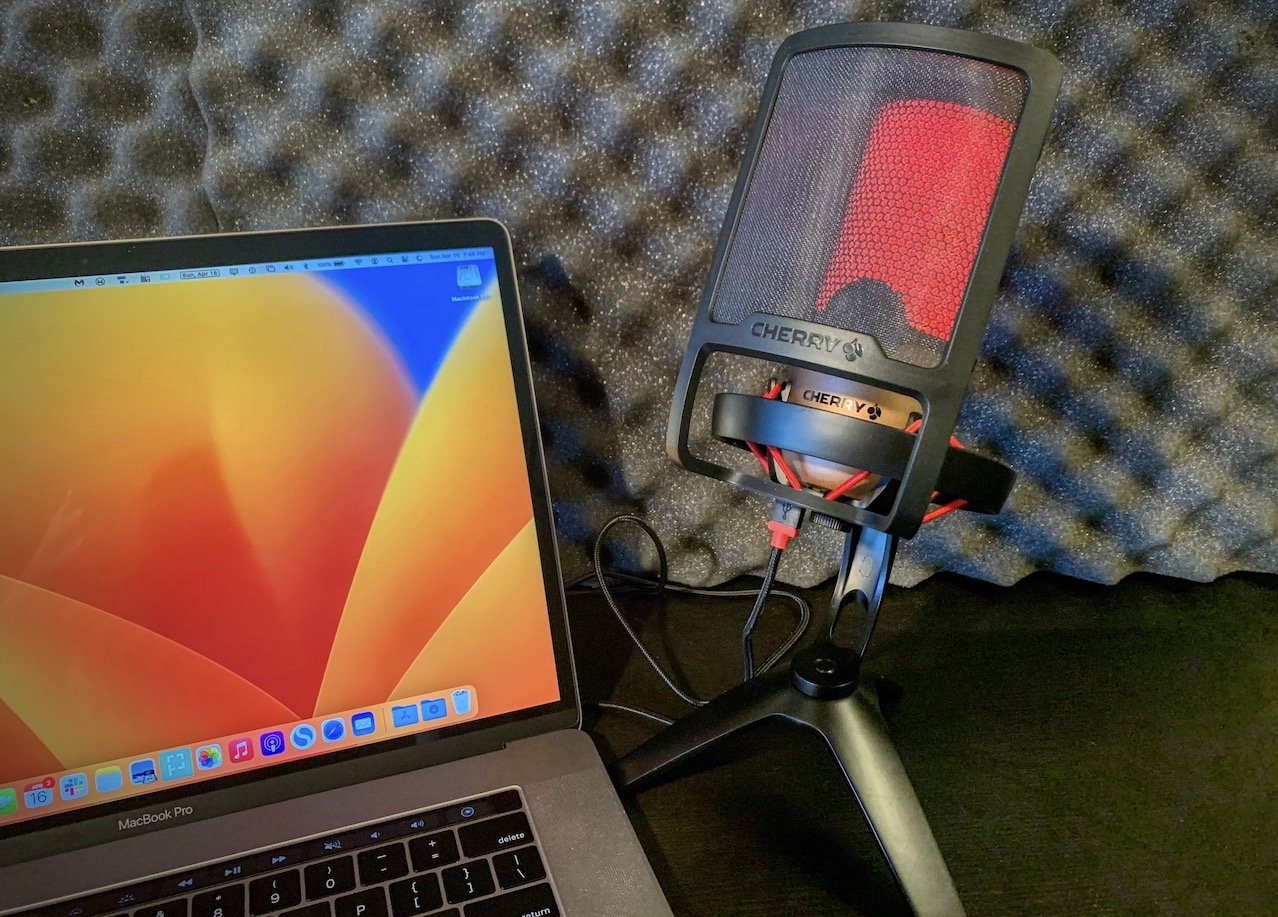


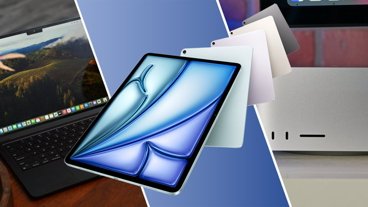
-xl-(1)-xl-xl-m.jpg)






 Wesley Hilliard
Wesley Hilliard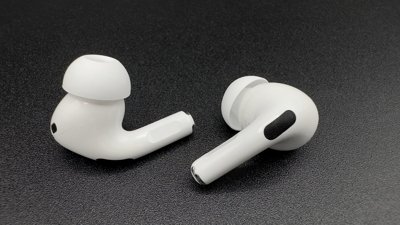
 Marko Zivkovic
Marko Zivkovic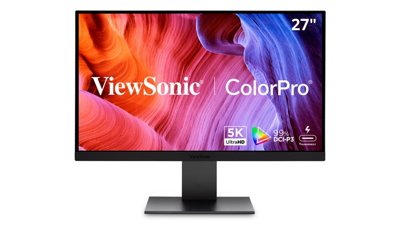
 Andrew Orr
Andrew Orr
 Malcolm Owen
Malcolm Owen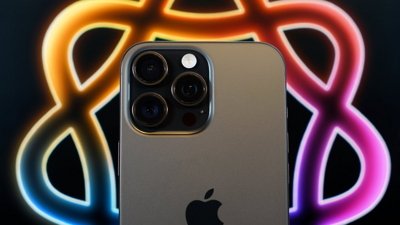

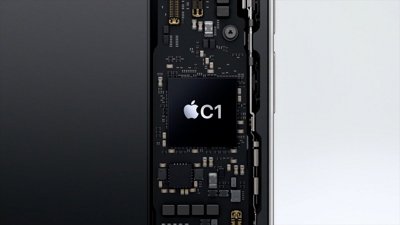
 Andrew O'Hara
Andrew O'Hara
 William Gallagher
William Gallagher






1 Comment
Looks cool on camera? Why on earth should the microphone even be visible on a podcast? Drives me nuts.